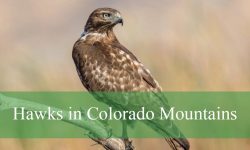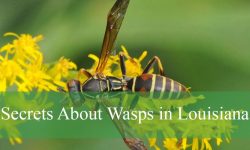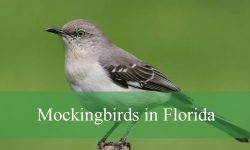Deer are a defining part of Wisconsin’s natural landscape, found across rolling woodlands, river valleys, and open farmlands. These animals have adapted to a variety of environments, making them one of the most visible and studied species in the state. Their presence influences not only ecosystems but also the cultural traditions of communities that value wildlife and outdoor life.
Beyond their beauty, deer hold an important role in Wisconsin’s heritage. Hunters, photographers, and nature enthusiasts all look to the state’s deer populations as symbols of both abundance and conservation challenges. From the annual deer hunting season that draws thousands outdoors to the quiet sightings of deer near rural homesteads, they remain deeply connected to Wisconsin’s identity.
While the white-tailed deer dominates the landscape, Wisconsin is also home to other members of the deer family. Elk have been successfully reintroduced, mule deer occasionally wander in from the west, and moose sometimes appear in the far northern forests. This guide explores the four types of deer found in Wisconsin, looking closely at their traits, habitats, and behaviors so readers can better recognize and appreciate these remarkable animals.
White-Tailed Deer in Wisconsin
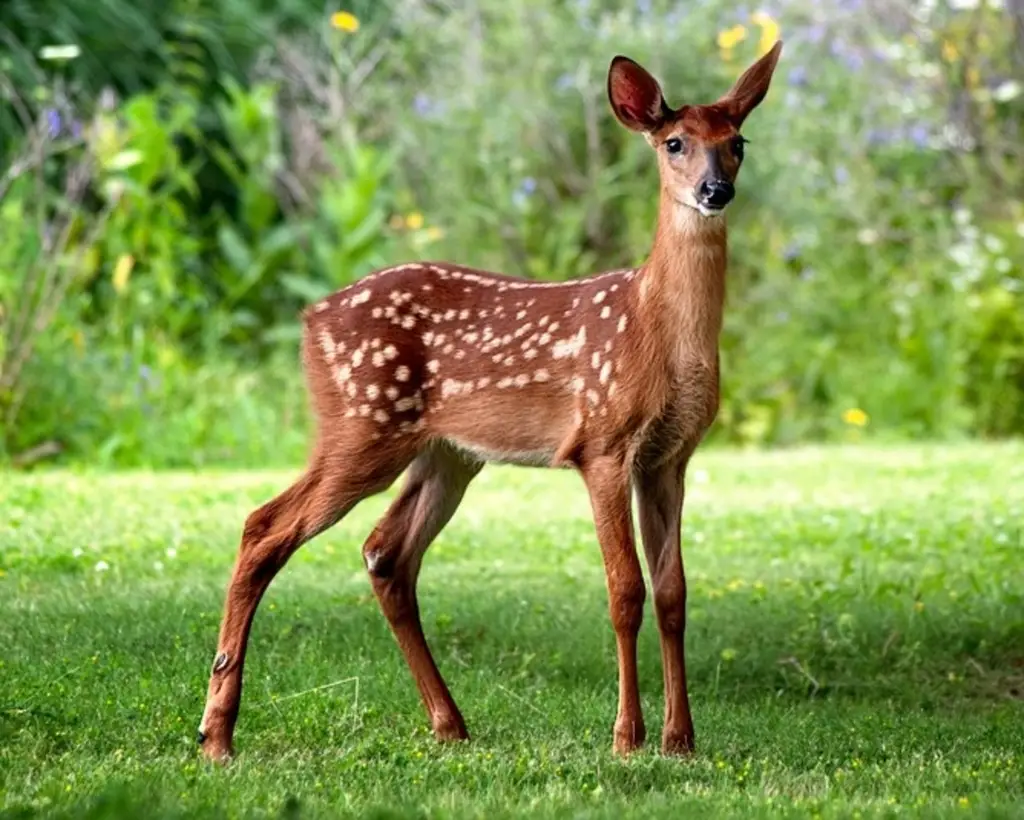
The white-tailed deer (Odocoileus virginianus) is by far the most common and well-known deer species in Wisconsin. Found across every county of the state, this species has adapted to a wide variety of landscapes, making it one of the most successful large mammals in North America.
Identification Features
White-tailed deer can be identified by the distinct white underside of their tail, which they raise like a warning flag when startled. This feature is their namesake and makes them easy to distinguish from other deer species. They also have slender bodies, long legs, and relatively small heads compared to larger species such as elk and moose.
Physical Characteristics
Adult males, known as bucks, typically weigh between 150 and 300 pounds, while females, called does, usually range from 90 to 200 pounds. Their coats change seasonally—reddish-brown in summer and dull grayish-brown in winter—to blend with the environment. Bucks grow antlers every year, which are shed in late winter and regrown in spring. These antlers usually consist of a main beam with multiple points branching upward, and their size often reflects the age and health of the animal.
Habitat and Range
White-tailed deer are highly adaptable and can be found in diverse habitats including dense forests, wetlands, agricultural fields, and suburban areas. In Wisconsin, they are most abundant in mixed hardwood forests and areas with a combination of woodland cover and open fields. This adaptability makes them the most widespread deer species in the state.
Behavior and Diet
White-tailed deer are primarily crepuscular, meaning they are most active during dawn and dusk. They are opportunistic feeders, consuming leaves, twigs, fruits, nuts, and agricultural crops such as corn and soybeans. Their feeding habits often bring them into conflict with farmers and gardeners. Socially, does and their fawns form small family groups, while bucks are more solitary outside of the breeding season. During the rut in autumn, bucks engage in antler battles to compete for mates.
Mule Deer in Wisconsin
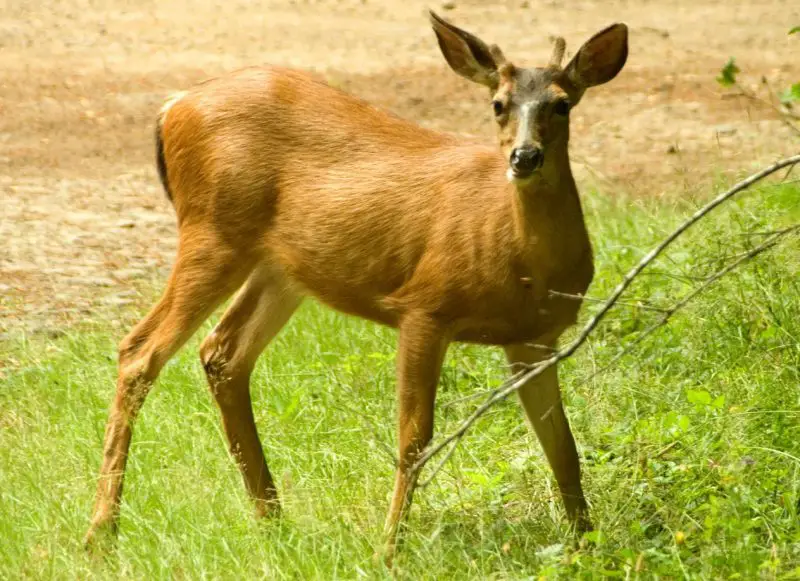
The mule deer (Odocoileus hemionus) is much less common in Wisconsin, but occasional sightings occur in the western part of the state. Named for their oversized, mule-like ears, these deer are more commonly associated with western North America, but individuals occasionally stray into Wisconsin from bordering states.
Identification Features
The most distinctive feature of mule deer is their large ears, which are about three-quarters the length of their head. Their tails are short with a black tip, in contrast to the long white tail of the white-tailed deer. Mule deer also exhibit a unique movement style called stotting or pronking, where they bound with all four hooves leaving the ground simultaneously—a behavior not seen in white-tailed deer.
Physical Characteristics
Mule deer have a stockier build than their white-tailed relatives. Bucks typically weigh between 200 and 330 pounds, while does average around 125 to 200 pounds. Their antlers differ in structure, usually forming a “forked” branching pattern instead of the single beam with multiple tines seen in white-tailed deer. Their summer coat is reddish-brown, shifting to grayish-brown during the colder months.
Habitat and Range
Mule deer prefer open habitats such as shrublands, prairies, and rocky slopes. In Wisconsin, they are rarely found in large numbers but may appear in transitional zones where prairie landscapes meet forested areas. These habitats provide the open space and visibility that mule deer favor.
Behavior and Diet
Mule deer are browsers, feeding mainly on shrubs, twigs, and woody vegetation rather than grasses. They are generally less tolerant of human presence than white-tailed deer and tend to occupy more remote habitats. During the rut, males compete for access to females using their forked antlers in sparring matches. Their distinctive bounding gait makes them highly visible when moving across open ground, a behavior that aids in predator evasion.
Elk in Wisconsin
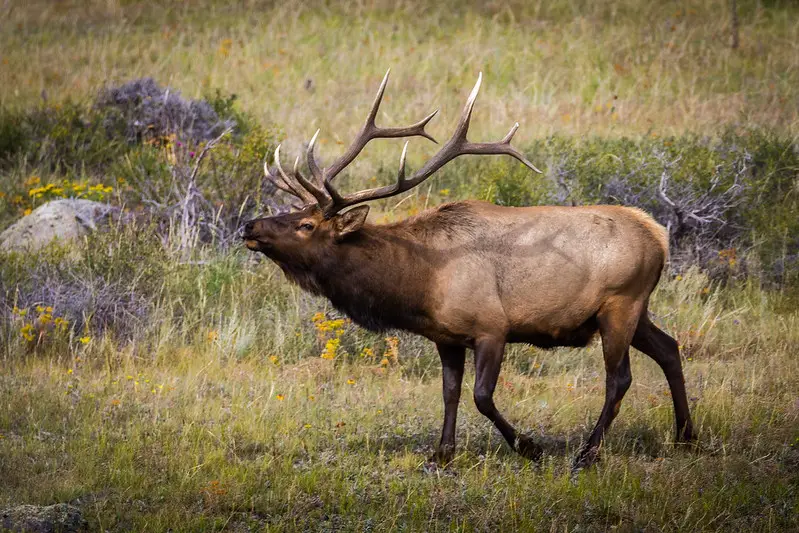
Elk (Cervus canadensis), also known as wapiti, are the second-largest members of the deer family in North America and were once native to Wisconsin. By the late 1800s, however, they had been extirpated due to overhunting and habitat destruction. In recent decades, successful reintroduction efforts have brought elk back to parts of Wisconsin, making them a true conservation success story.
Identification Features
Elk are much larger than white-tailed and mule deer, standing about 4.5 to 5 feet at the shoulder. They have a tan body with darker brown legs and a shaggy mane around the neck. Their rump patch is pale, contrasting with the darker coat. Males, called bulls, grow large branching antlers that can span up to four feet across, while females (cows) lack antlers.
Physical Characteristics
Adult bulls weigh between 700 and 1,000 pounds, making them significantly heavier than deer. Cows are smaller, usually weighing 500 to 600 pounds. Their antlers, which are shed annually, are among the most impressive in the deer family, with multiple tines branching upward and outward.
Habitat and Range
Elk are now found in managed herds in northern and central Wisconsin, particularly in the Chequamegon-Nicolet National Forest and areas around Black River Falls. They thrive in mixed landscapes that provide both cover and open grasslands. Meadows, forest edges, and river valleys are particularly favorable habitats.
Behavior and Calls
Elk are herd animals, with cows and calves forming large groups and bulls joining during the rut in autumn. The breeding season is marked by the bulls’ bugle calls, eerie high-pitched vocalizations that echo through the forests. These calls serve to attract females and warn rival males. Elk primarily graze on grasses, forbs, and shrubs, making them different from deer species that browse more heavily.
Moose in Wisconsin
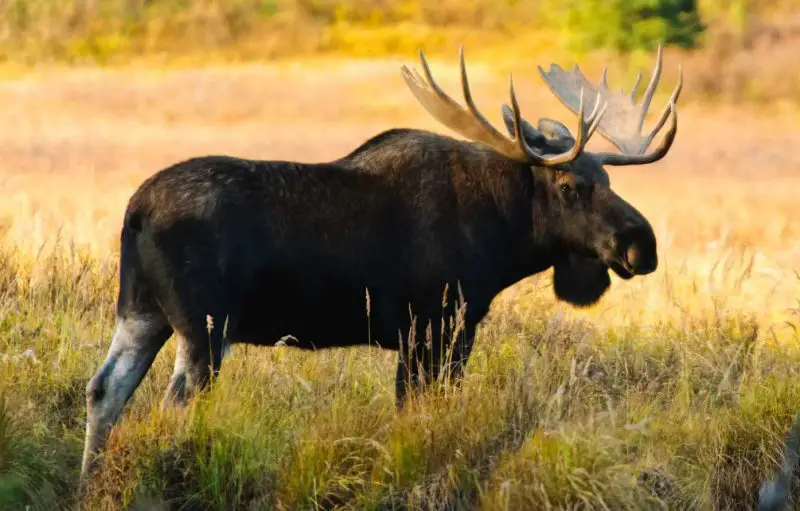
Moose (Alces alces) are the rarest members of the deer family to appear in Wisconsin. While they are not permanent residents, individuals occasionally wander in from neighboring Minnesota and Michigan. Their rarity makes them an extraordinary sight for wildlife enthusiasts in Wisconsin.
Identification Features
Moose are unmistakable due to their towering size, long legs, and distinctive humped shoulders. They have a dark brown coat, a long drooping nose, and a flap of skin called a dewlap or “bell” that hangs from their throat. Bulls are easily recognized by their broad, palmate antlers, which look like open hands with outstretched fingers.
Physical Characteristics
Moose are the largest members of the deer family, with bulls weighing between 1,000 and 1,500 pounds and standing up to 6.5 feet tall at the shoulder. Cows are smaller but still massive compared to other deer species. Their antlers can spread up to six feet wide, making them one of the most impressive natural features in North American wildlife.
Habitat and Range
In Wisconsin, moose are most likely to be found in the northern forests, especially near wetlands, lakes, and rivers. They are more common in Minnesota and Michigan but occasionally cross into Wisconsin’s border areas in search of food or territory.
Behavior and Feeding Habits
Moose are solitary animals, unlike the more social elk and deer species. They are often found feeding in wetlands, where they consume aquatic plants such as pondweed and water lilies. They also browse on willows, birches, and aspen shoots. Moose are particularly active during the cooler months, and sightings in Wisconsin increase in winter as they move southward from colder regions.
Comparison of Deer Species in Wisconsin
Feature / Species |
White-Tailed Deer |
Mule Deer |
Elk |
Moose |
|---|---|---|---|---|
Size |
90–300 lbs, smaller than elk or moose |
120–330 lbs, slightly larger than whitetail |
500–700 lbs, massive and stocky |
800–1,400 lbs, largest in Wisconsin |
Antlers |
Curved forward with multiple tines |
Bifurcated (branching like a Y) |
Large, spreading racks with pointed tips |
Broad, flat palmate antlers |
Coloration |
Reddish-brown in summer, grayish in winter, white tail underside |
Brownish-gray coat with black-tipped tail |
Dark brown with lighter rump patch |
Dark brown body with lighter legs |
Habitat |
Forests, fields, farmlands, urban edges |
Western prairies, shrublands, rocky areas |
Grasslands, meadows, forest edges |
Boreal forests, wetlands, river valleys |
Behavior |
Skittish, fast runners, strong jumpers |
Slower, bounding gait, less abundant |
Herd-forming, bugling calls in rut |
Solitary, aggressive during rut |
Distribution in WI |
Statewide, especially southern & central Wisconsin |
Rare, western edge near Minnesota border |
Northern Wisconsin, especially reintroduction areas |
Very rare, northernmost forests only |
Conservation and Human Interaction
Hunting and Management
Wisconsin’s white-tailed deer population is carefully managed through regulated hunting seasons. This helps prevent overpopulation, which can lead to habitat degradation and increased vehicle collisions. Elk hunting is also allowed under controlled quotas, ensuring sustainable herd growth.
Challenges and Threats
One of the biggest challenges for deer management in Wisconsin is the spread of Chronic Wasting Disease (CWD), a fatal neurological disorder affecting deer, elk, and moose. Habitat loss, crop damage, and vehicle collisions also remain significant issues.
Conservation Success Stories
The successful reintroduction of elk is one of Wisconsin’s greatest wildlife conservation achievements. Cooperative programs between the Department of Natural Resources, local tribes, and conservation organizations have restored elk populations in designated regions. Protecting northern forests and wetlands also indirectly supports rare visitors such as moose.
Final Thoughts
Wisconsin is home to an impressive variety of deer species, from the abundant white-tailed deer to the elusive moose that occasionally wanders in from neighboring states. Each species has unique traits that make it fascinating to observe and study, whether it’s the bugling calls of elk during the rut or the bounding stride of mule deer on the prairie.
By learning to identify these deer and understanding their habitats, residents and visitors alike can deepen their appreciation for Wisconsin’s natural heritage. Continued conservation, responsible hunting, and habitat preservation will ensure that these magnificent animals remain a part of the state’s landscape for generations to come.
FAQs About Deer in Wisconsin
What is the most common type of deer in Wisconsin?
The white-tailed deer is the most common and widespread deer species in Wisconsin. It can be found in every county across the state, thriving in forests, farmlands, and even suburban neighborhoods.
Are there mule deer in Wisconsin?
Mule deer are not native to Wisconsin but are occasionally spotted in the western part of the state. These sightings usually occur near border regions, as mule deer are more common in states further west.
Where can I see elk in Wisconsin?
Elk are found in managed herds in northern and central Wisconsin, particularly in the Chequamegon-Nicolet National Forest and areas around Black River Falls. These reintroduced populations are carefully monitored and protected.
Do moose live in Wisconsin?
Moose are not permanent residents of Wisconsin, but individuals occasionally wander in from Minnesota and Michigan. They are most likely to be seen in northern forested areas, especially near wetlands and lakes.
How big do white-tailed deer get in Wisconsin?
Adult white-tailed bucks typically weigh between 150 and 300 pounds, while does range from 90 to 200 pounds. Bucks also grow antlers each year, which can become quite large depending on age and food availability.
What do deer in Wisconsin eat?
Deer are herbivores with varied diets. White-tailed deer feed on leaves, twigs, fruits, and crops, while mule deer prefer shrubs and woody plants. Elk are grazers that eat grasses and forbs, and moose consume aquatic vegetation along with shrubs and tree bark.
Are deer dangerous in Wisconsin?
Deer are generally not dangerous to humans but can pose risks in certain situations, especially during vehicle collisions or when bucks are aggressive in the rutting season. Moose, if encountered, can also be unpredictable and should be observed from a safe distance.
What diseases affect deer in Wisconsin?
The most concerning disease is Chronic Wasting Disease (CWD), a fatal neurological illness that affects white-tailed deer, elk, and potentially moose. Wildlife agencies in Wisconsin closely monitor and manage the spread of CWD.

